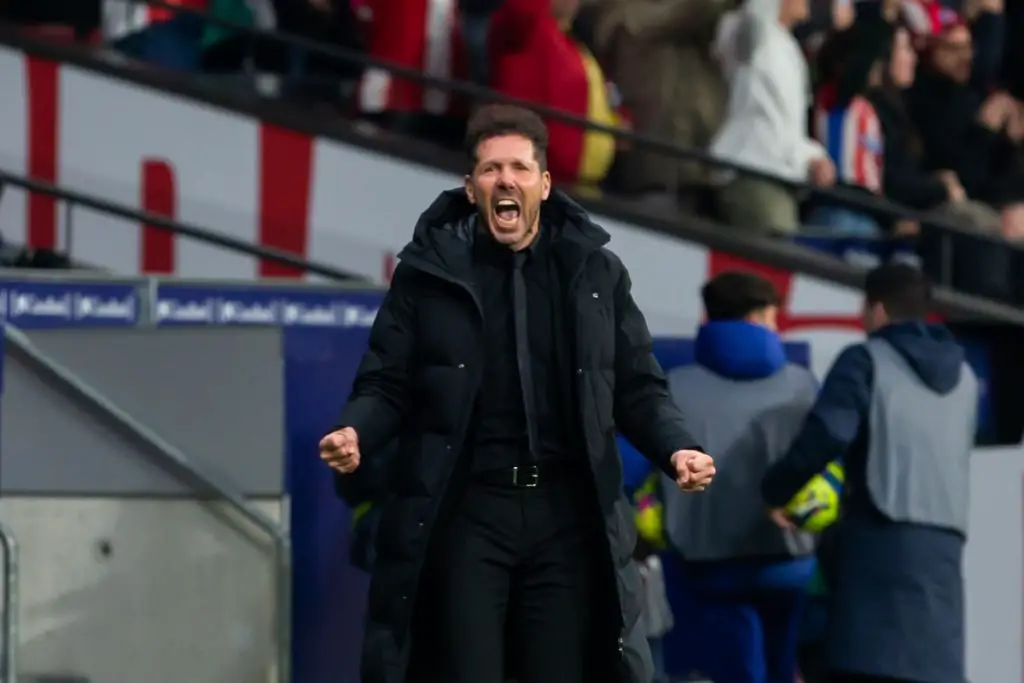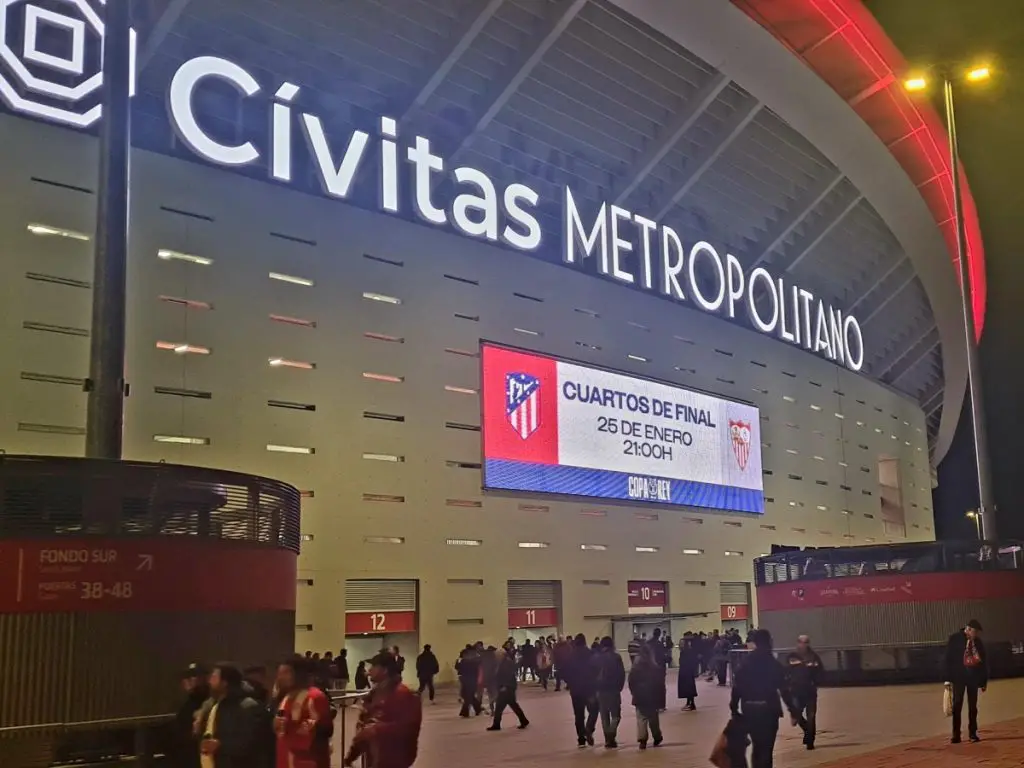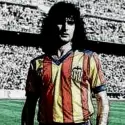
As we reach the mid 2020’s, Atletico Madrid’s status as one of Spanish football’s three main powers is undisputed. They’ve finished in the top three of LaLiga in 11 of the last 12 seasons, and the expectation each year is now that they at least compete with Real Madrid and Barcelona at the very summit of Spain’s top flight.
We’ve reached a point where anything less than that is seen as a failure, including last season’s 4th place finish behind an inspired Girona side.
It is though, perhaps worth taking a step back to reflect on the reality that before Diego Simeone’s appointment as the new Atletico Madrid coach in late 2011, the club had gone 15 years without finishing in LaLiga’s top three. Two of those years were spent in the Segunda Division and they’d not come close to challenging for the title since the historic 1995/96 double winning campaign when Simeone was still playing for the club.
Their capability to be genuine challengers today, is still largely a result of the outstanding work done on and off the pitch in the early years under Simeone in the 2010’s, when Atleti gatecrashed the elite of the Spanish and European game.
The rise of Atleti in the 2010’s
Atletico Madrid today have the kind of financial muscle to spend €185m in the summer transfer market, bringing in the likes of Julian Alvarez, Alexander Sorloth, Conor Gallagher and Robin Le Normand.
However, that was far from the case when Simeone took over. In fact, Atletico spent less than €5m in his first full campaign, while the club operated on a net transfer profit of around €35m across their historic 2013/14 season, largely thanks to the sale of free-scoring striker Radamel Falcao.
Smart recruitment, even pre-dating the appointment of the Argentine, was a major factor in their rise to the very pinnacle of the Spanish game.

The bargain buys are almost too many to list, but the likes of Gabi (€3m), Juanfran (€4.25m), Diego Godin (€8m) and Miranda (free) were among the standout signings that helped transform Atletico Madrid’s fortunes. Meanwhile, surely the pick of the club’s business during that period was the addition of Diego Costa who arrived from Real Valladolid for €1m in 2010 and departed for €38m four years later.
They also had stability in goal with Thibaut Courtois excelling across a three year loan spell, while the emergence of academy graduate Koke in midfield was also significant.
As unquestionably was Simeone’s ability to stamp his own mark on a team that was known for its physicality, work-rate and defensive qualities, an almost mirror image of its uncompromising boss.
Spanish champions and to the brink of European glory
The first real evidence that a truly seismic shift was taking place in Spanish football was the 2013/14 season when Atletico Madrid did the almost unthinkable and won LaLiga, whilst also progressing all the way to the UEFA Champions League final.
This was an era when Leo Messi and Cristiano Ronaldo were at the peak of their powers and surrounded by stars with Barcelona and Real Madrid effectively sharing almost all of the best players in the world, at a time when Spanish football was in very good health.
To finish above both in the league that season, whilst operating on a fraction of the budget of their two big domestic rivals, was an extraordinary feat. A club record 90-point league campaign was juggled along with a fine run in Europe which saw Atleti defeat Milan, Barcelona and Chelsea, to set up a Madrid derby final which they were a matter of seconds away from winning.

Were it not for Sergio Ramos’ 93rd minute intervention in Lisbon, Atletico Madrid would have been crowned European champions for the first time and completed one of the all-time great seasons, by any club, anywhere.
There was more European heartbreak against the same opposition two years later, with Los Blancos winning the second Madrid derby Champions League final on penalties in Milan.
A crestfallen Diego Simeone was close to quitting after that defeat, but eight years on, he remains in charge of a club that now feels very different to the one he took over in 2011.
The “big two” becomes the “big three”
While it’s true that Atleti have only added one more league title since 2014 and haven’t reached the last four of the Champions League since 2017, their consistent presence at the top end of LaLiga and in Europe’s biggest competition, has been a significant boost to their purse strings. That has helped to change the face of Spanish football, establishing Atleti as a genuine third force and most likely a long-term rival for Real Madrid and Barcelona.
That was far from the case in the 2000’s when the likes of Valencia and Deportivo La Coruña briefly toppled the elite, without enjoying the kind of longevity that we’ve seen from Simeone’s side.
The 54-year-old has also overseen a potentially choppy period in the club’s history with the move away from the Vicente Calderon in the heart of the Spanish capital, to the Estadio Metropolitano on its outskirts.

The 2017 switch was always going to generate much needed revenues, but it had the potential to do damage to the very soul of the club. Simeone’s special bond with the Atleti fanbase has helped significantly to smooth that process over. While it lacks the history and the character of the Calderon, the new stadium is still easily one of the loudest in Spain.
On some levels, Simeone could be viewed as the most influential coach in LaLiga in the 21st Century, not just in terms of the length of his reign, which is by far the longest in the Spanish top flight, but in how he has shaken up the “big two” narrative and turned it into a genuine “big three”.

